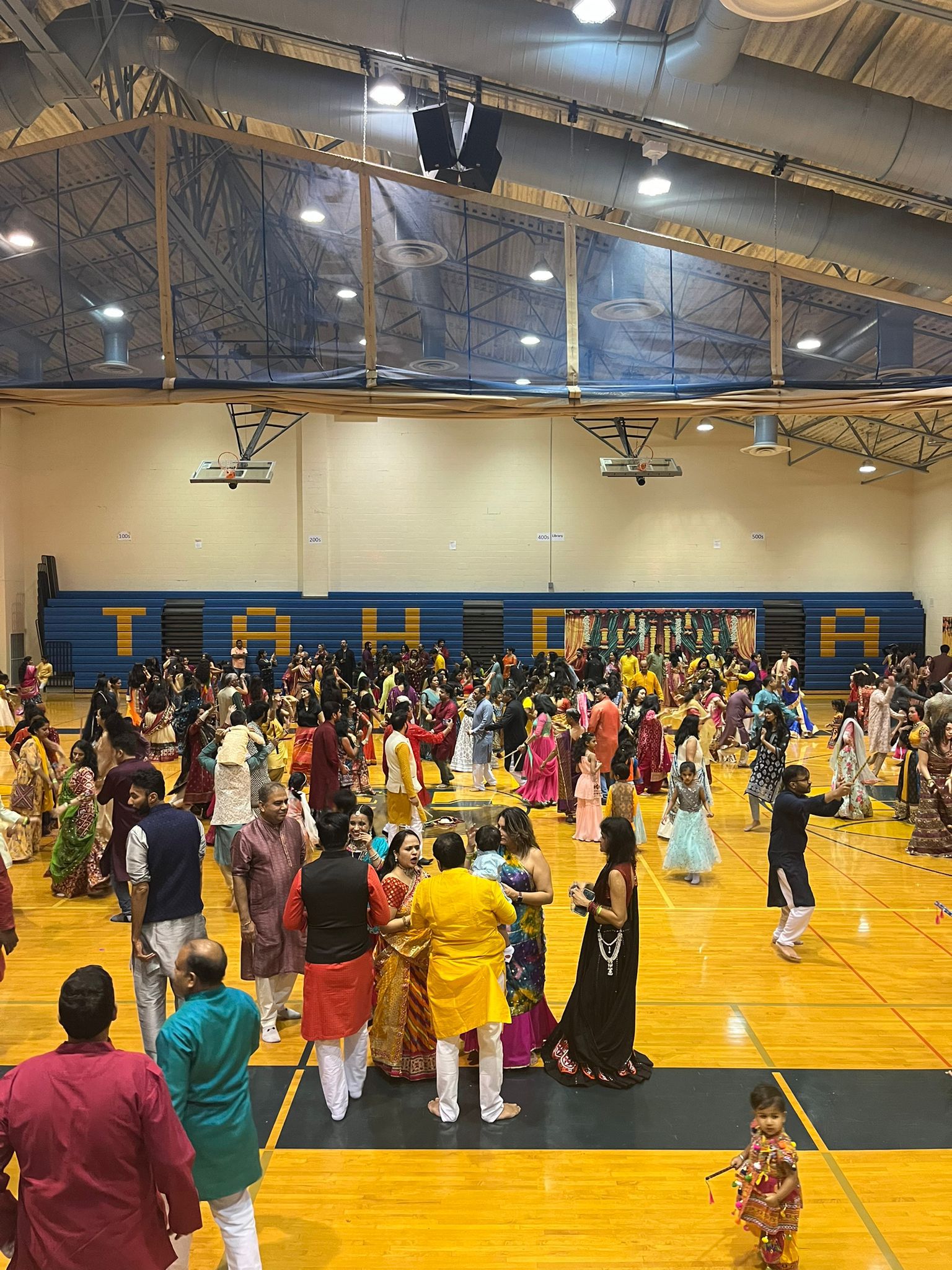Dandiya
The Dandiya festival, primarily celebrated during the nine-day Hindu festival of Navratri, is of significant cultural, social, and spiritual importance, especially in the western Indian states of Gujarat and Rajasthan. Dandiya is a traditional folk dance form performed with decorated sticks, symbolizing a joyful celebration of life and devotion.
Here are the critical aspects of its importance:
1. Cultural Heritage: Dandiya represents the vibrant cultural identity of Gujarat and Rajasthan, and its performance during Navratri is a way to preserve and promote traditional folk art. The music, dance steps, and colorful attire worn during Dandiya reflect the rich artistic heritage of these regions, with the festival often bringing people from different backgrounds together to celebrate their shared cultural history.
2. Spiritual Significance: Dandiya is performed in honor of Goddess Durga, celebrating her triumph over the buffalo demon Mahishasura, symbolizing the victory of good over evil. The dance represents the playful combat between Durga and Mahishasura, with the sticks symbolizing Durga’s sword. This spiritual connection imbues the celebration with a sense of devotion and reverence, allowing participants to express their faith and seek blessings from the goddess for protection, strength, and prosperity.
3. Celebration of Life and Joy: Dandiya is a joyful expression of life, with its fast- paced music, rhythmic beats, and energetic movements filling the atmosphere with excitement. The vibrant dance, performed in groups or circles, celebrates the
vibrancy and energy of life itself. It brings people together in a spirited, festive mood, marking the importance of community bonding, shared joy, and harmony.
4. Social Bonding: Dandiya provides a platform for social interaction, as people of all ages and communities come together to participate. The dance encourages individual interaction, fostering friendships and strengthening social ties. It is often seen as a time for socializing, networking, and even matchmaking, as young people can meet and interact in a joyous, celebratory setting.
5. Promoting Unity: Dandiya events attract participants from different communities and backgrounds in many parts of India and internationally. This promotes unity and inclusiveness, transcending religious and cultural barriers. The shared joy of participating in the festival fosters mutual respect, tolerance, and a sense of togetherness among people.
In conclusion, Dandiya is more than a festive dance—it celebrates culture, spirituality, joy, and unity. Its spiritual roots, combined with the vibrant display of music, dance, and traditional attire, foster social bonds and promote a sense of togetherness. For the third time in a row, the community celebrated this lively festival with great compassion, coming together to honor tradition while embracing the
shared joy and unity that Dandiya brings to all.


